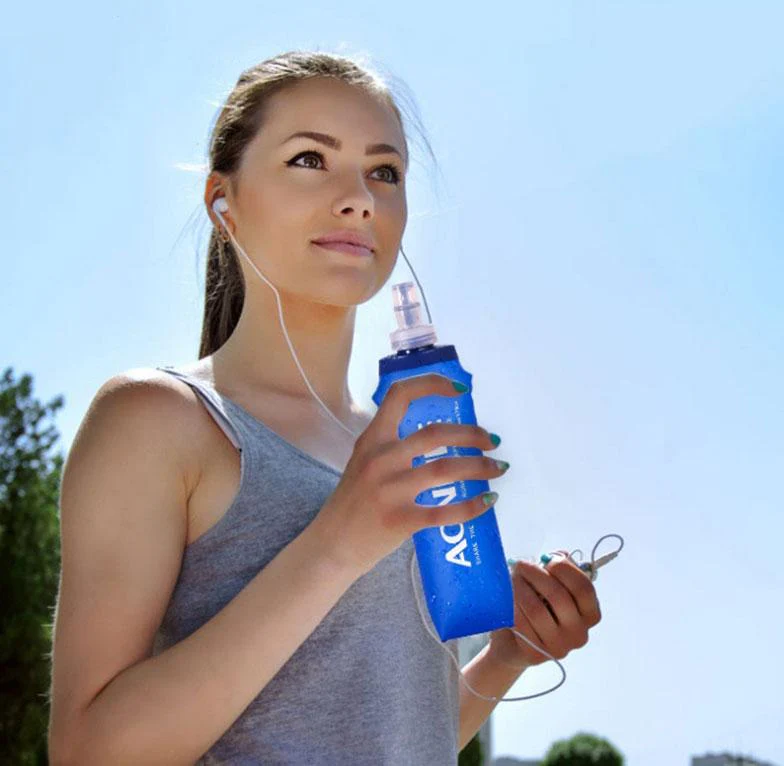Embarking on a fitness journey can be one of the most rewarding decisions you make for your health and well-being. Whether you’re looking to lose weight, build muscle, or simply enhance your overall fitness, understanding the principles of effective workouts and nutrition is crucial. Here’s a comprehensive guide to help you get started.
Understanding Fitness
Fitness involves more than just physical activity; it encompasses various components:
Cardiovascular Endurance: The ability of your heart and lungs to supply oxygen during extended periods of activity.
Muscular Strength: The maximum amount of force your muscles can exert.
Muscular Endurance: How long your muscles can sustain repeated contractions.
Flexibility: The range of motion in your joints and muscles.
Body Composition: The ratio of fat to lean mass in your body.
Setting Realistic Goals
Establishing clear and achievable goals is essential for motivation. Use the SMART criteria:
Specific: Define your goal clearly.
Measurable: Quantify your progress.
Achievable: Set realistic targets.
Relevant: Ensure the goal aligns with your overall health objectives.
Time-Bound: Set a timeline for achieving your goal.
Example Goals
Complete a 5K run in under 30 minutes within three months.
Increase your bench press weight by 15% in six weeks.
Attend a yoga class twice a week for three months to improve flexibility.
Creating Your Workout Plan
Types of Workouts
Cardiovascular Exercise: Activities such as running, cycling, and swimming improve heart health. Aim for at least 150 minutes of moderate-intensity cardio each week.
Strength Training: Incorporate exercises using free weights, machines, or bodyweight. Target all major muscle groups at least twice a week.
Flexibility Training: Engage in stretching or yoga to enhance flexibility and reduce the risk of injury.
High-Intensity Interval Training (HIIT): Short bursts of intense exercise followed by brief rest periods. This method is time-efficient and effective for fat loss.
Nutrition for Fitness
A balanced diet plays a vital role in achieving your fitness goals. Focus on:
Lean Proteins: Include sources like chicken, fish, eggs, beans, and legumes to support muscle growth and repair.
Whole Grains: Choose brown rice, quinoa, and whole-grain bread for sustained energy.
Fruits and Vegetables: These are essential for vitamins, minerals, and antioxidants.
Healthy Fats: Incorporate avocados, nuts, and olive oil for overall health.
Hydration
Stay hydrated! Aim for at least 8-10 cups of water daily, adjusting for exercise intensity and duration.
Staying Motivated
Build a Support System
Engage friends, join fitness classes, or connect with online communities. Having a support network can keep you motivated and accountable.
Track Your Progress
Use fitness apps, journals, or wearable devices to monitor your workout for fitness and celebrate your achievements.
Mix It Up
Prevent boredom by trying new activities or varying your routine. Explore different classes, outdoor activities, or sports.
Conclusion
Your fitness journey is personal and unique, but with the right approach, it can lead to a healthier, more fulfilling life. Set realistic goals, create a balanced workout plan, nourish your body with healthy foods, and stay motivated. Remember, consistency is key. Embrace the process, celebrate your progress, and enjoy the path to a healthier you!



